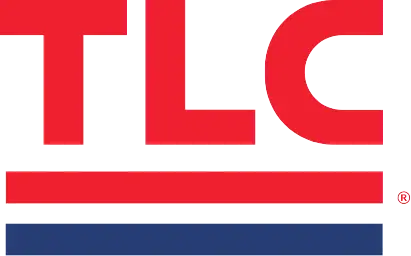
Mike, Your Drains Expert
Mike was born in Detroit, Michigan but has lived in Rio Rancho since he was ten years old, practically making him a New Mexico native. He was originally a licensed electrician, but six years ago when he came to TLC, he wound up being a drain technician instead. The rest is history! He and his wife have been happily married for 13 years, and together they have one dog that they named Blue after the Michigan Wolverines. Mike spends most of his spare time volunteering and serving in his community.
Drain Tips by Mike with TLC Plumbing
Don’t be afraid to clean out the hair in your bathtub drain
Mike encourages you “not to be afraid of your own hair.” Most of us find it gross to clean the hair out of the bathtub drain. It might even seem unsanitary. But it really is just hair that is perfectly safe to pull out and throw away. It’s a simple, easy way to keep your drains from backing up.
You can clean the hair out with a pair of tweezers or pliers if you’d like, but you can also use your fingers. By regularly cleaning out the hair, you can prevent bigger clogs further down the road. This maintenance tip can save you from paying a plumber to come clean the drain.
Clean the p-traps under the bathroom sinks once a year to avoid buildup
The p-trap is a “U” shaped section of pipe under your sink. As water flows through it, debris like silt and hair sink to the bottom. This keeps all that gunk from going into the main drain pipe and causing a major backup.
Pro Tip: This is something you can do yourself! If you look under your sink and see that you have a plastic p-trap, you can clean it yourself. The connection between the p-trap and the pipe leaving the sink should only be hand-tight and easy to unscrew.
Put on some rubber gloves, grab a bucket or a large bowl, and put it under the p-trap. Unscrew the connection between the p-trap and the pipe coming from the sink. You can expect water to come out of it, so just dump it into the bucket. Clean out the hair and debris. If you have an old toothbrush, use it to give the insides of the p-trap a little scrub to remove the buildup.
If you have a metal p-trap under your sink, do not try to clean it yourself. Mike shared that it is hard to get a metal p-trap put back together correctly. Getting it all put back together tightly enough is tricky. If it isn’t tight enough, it will leak and might even cause water damage. He suggests that you get a licensed plumber to clean it out for you or to replace it with plastic so you can do it yourself in the future.
Be careful with what you put in the garbage disposal
A garbage disposal is a helpful tool, but most of us don’t realize it has limits. Mike shared how to know whether or not to use the garbage disposal:
- If you’re cleaning out the refrigerator, use the trash can.
- If you’re cooking a meal, use the trash can.
- If you’re scraping your plate and washing dishes, use the garbage disposal.
The kitchen sink drain isn’t designed to handle large amounts of food, even if it’s ground up by the garbage disposal. The garbage disposal makes little bits of food – like dinner plate scrapings– manageable, but lots of food like potato peels or leftovers can cause major clogs.
Be very careful pouring liquids down the sink
The most important rule of the kitchen sink is to never put grease down the drain. You may have heard that it’s okay to put grease down the drain if you run hot water with it, but that’s not true. Grease wreaks havoc on drains. It might take some time to build up, but it will eventually cause major backups.
There are other ways to get rid of cooking grease. Mike suggests pouring the grease over a metal spoon when you’re putting it into a disposable container. That way the spoon absorbs the heat, and the container doesn’t melt. Just throw the whole container away when it’s full. Some grease, like bacon grease, is reusable for cooking.
Pro Tip: If you’re thinking about pouring other liquids down the drain, it’s important to remember that the thicker it is, the more likely it is to cause drain problems. Dispose of thick liquids in another way.
Call a professional if the whole house is backed up
If you notice that your drains are slow or clogged through the whole house, you have a clog in the main drain line. This shows up as clogged toilets, bathtubs, sinks, and even a backed-up washing machine. Mike says that the best choice in this situation is to call a drain professional to fix the clogged drain.
The bottom line is that most drain issues can easily be avoided. Clean out the hair and debris that you can from tubs and sinks. Don’t pour grease down the drain and be careful not to put food down the garbage disposal. This is especially important around the holidays when drain problems are most likely to happen. If you would like to get your drains checked out and ready for the holidays, call TLC today at 505-761-9644 or request service online.
Have questions about your drains? Ask a pro today!

